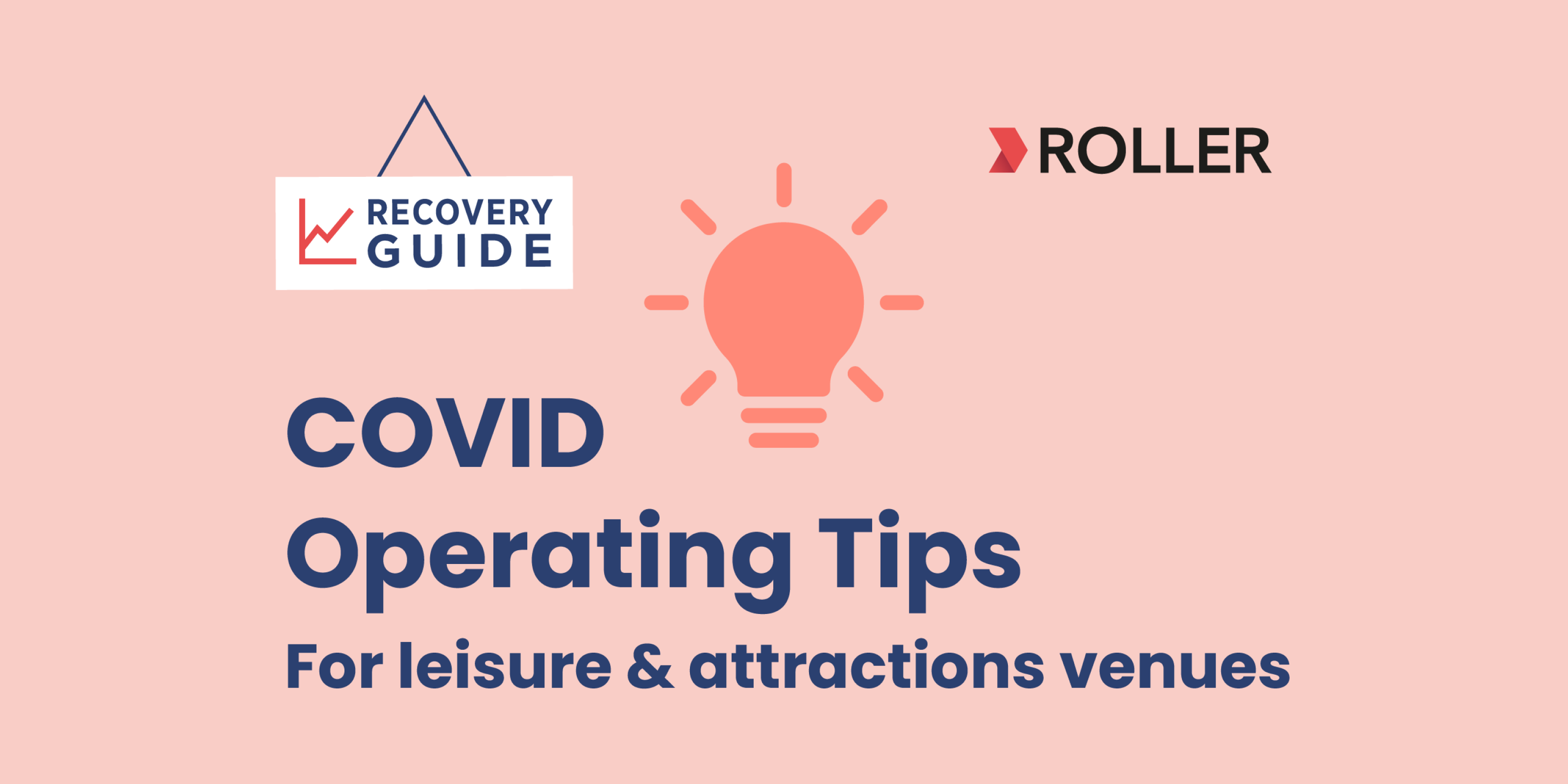2022 COVID - Lessons for venues learned from previous waves

Breaking news: the pandemic isn’t over yet. The nature of the pandemic seems to change regularly, with constant ebbs and flows of case counts and new variants, which are leading to government officials scrambling on what to tell the public and business owners and operators like you.
There were so many unknowns and uncertainties ahead at the pandemic’s beginning that it was hard to make justifiable decisions without the data to support this. Nearly two years later, there are still several unknowns, yet we have more intelligence now that we can put to good use. Based on previous waves, surges, and historical trends, here are five lessons and takeaways for operators.
It’s not just peak and offpeak times anymore.
Operators generally plan for busy times and times that are less crowded when it comes to staffing, hours of operation, inventory, and other factors dependent on projections. In addition to peak and offpeak, venues now need to plan for the ebbs and flows of the pandemic, combined with local governance. Requirements of masks, capacity limitations, and vaccine mandates can potentially change in either direction. Hence, operators need to plan for each circumstance and be ready to switch plans at a moment’s notice in either direction, depending on the current climate of the pandemic. This includes signage that can be swapped out easily, updates to your website and social media, and ticket inventory within your point of sale.
Setting a proper expectation can minimize guest conflict.
It has been unfortunate to observe the pandemic’s impact on guest behavior is largely out of the operator’s control. The conflict has been agnostic to industry and essentially disruptive as a whole, particularly when individuals disagree with restrictions being put in place who are interacting with those who will willingly comply. In anticipation of guests’ visits, venues should ensure that guests know what to expect from you and what is expected from them if they desire to visit. For example, Uber has implemented an extra step when a user hails a ride that requires them to check a box confirming that they will wear a mask during their ride.
Time to do more with less.
Staffing across all leisure, hospitality and tourism industries has been completely rocked. Wage increases have been demanded, along with improved working conditions, which has exacerbated the challenge of hiring quality talent. It is time to take a hard look at every position you have and see how to reduce your labor expense. Self-service kiosks, for instance, can be operated at a more optimal ratio than traditional ticket windows and staffed cash registers. This enables your frontline staff to focus more on the guest experience rather than the transaction, even though the actual number of staff interactions is fewer.
Tech adoption has accelerated.
It was high before 2020, yet the pandemic thrusted emerging technology trends into hyperdrive. Many guests who would typically buy onsite are now buying online to secure a reservation, minimize contact, and/or go cashless. Interacting on mobile devices has also seen a significant increase, requiring web developers to consider mobile interface as a top priority. And companies like Netflix, DoorDash, and Amazon are regularly removing friction from the experience for their users, which reframes the expectation that customers have across all aspects of their lives. What areas of your business have yet to go digital?
We’re not going back to “normal.”
Lastly, we need to accept that the pandemic is not a temporary disruption to our regular lives that will be ending eventually. The mindset that we had in April 2020 is not the mindset that we can have today, that once we’re on the other side of this, things will seem “regular” again. While hopefully the pandemic itself will end sooner rather than later, the shift in expectations, guest behaviors, and operations has changed permanently. Certain aspects of the experience may retreat, but guests are increasingly aware of sanitation and cleanliness, crowding and physical distancing, reservations and capacity, and other “new” components of your business that weren’t concerns in our old world.
With each of these lessons learned, the best we can do is stay on top of trends and make continual pivots to our business as the pandemic takes new forms. As guests gain more and more confidence in visiting leisure and recreation venues, there is also a greater appreciation for our industry’s experiences, which was previously taken for granted.
Related articles
.png)

Top 6 Software Features For Location-Based Venues During COVID-19

Enhance your guest experience
Get free education, tips and inspiration to help you run a successful venue.